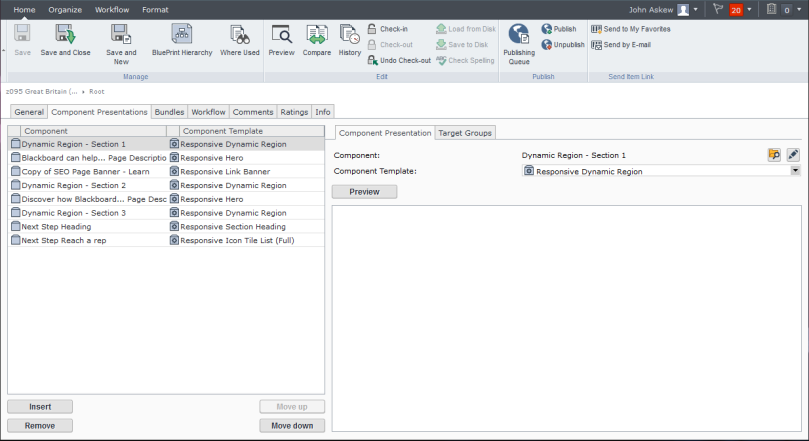Background
I purchased my HTC Vive less than 2 years ago from Amazon. I was initially impressed with it despite its limitations. The low resolution meant that it was far from perfect but compared to other devices on the market it had more capabilities such as room scale tracking and I felt that I had some hardware that I could enjoy for several years and looked forward to the software that would inevitably come.
It didn’t happen. Pretty much all the software is a glorified tech demo whilst competitors such as Facebook with the Oculus Rift and Sony with PSVR have been more considerate of their customers by forming partnerships and exclusive deals to produce software that is consumer focused and can engage you for more than a few minutes.
HTC instead, have decided to focus all their energy on corporate VR such as potential VR arcades, conferences etc and completely ignored the consumers who invested heavily in the Vive. This couldn’t be more evident than the reaction to their latest product – HTC Vice Pro. It is $800 just for the headset, will not be compatible with an upcoming wireless adapter without purchasing additional compatibility kits, and has been reported to be much heavier and less comfortable than the original Vive. Hence why no-one is buying it.
Faulty
To my frustration, one of the base stations recently developed a fault. This particular fault is called fault 03 and is extremely common. So common in fact that when I raised an RMA ticket with HTC about this they confirmed that…
“The repair process would take up to 2 weeks as we have been seeing a lot of delays on the repair processes, we are striving to see it happening much faster but I cannot promise a faster process”.
You can read more about fault 03 here:
- https://community.viveport.com/t5/Technical-Support/Fault-03-Error-10010-on-base-station-red-blinking-light/td-p/8004
- https://steamcommunity.com/app/250820/discussions/0/152390648083869888/
- https://www.reddit.com/r/Vive/comments/5uspjs/got_my_vive_today_base_station_fault_03_after/
After providing my serial numbers for both the headset and the base station (and chasing up after several days of being ignored) I was informed that a repair would only be possible if I paid $90. I will NOT be paying $90.
This means that HTC think it is acceptable for a key component in room scale tracking to fail within less than 2 years. This is a component that remains stationary and mounted to the corner of a play space. I can’t even comprehend how HTC would think anyone would agree to spending $90 for something that would cost $135 to replace with a completely new unit.
What makes all of this much worse is that HTC Vive’s are currently shipping with tweaked base stations that demonstrates the original design had issues that needed to be fixed but HTC are not doing the right thing for the customers that have the failed design prone to faults and instead expect them to pay the wholesale price of a replacement for it to be ‘repaired’. See: https://www.roadtovr.com/latest-vive-shipping-with-tweaked-base-stations-redesigned-packaging/
In summary, HTC Vive hardware is not expected to last more than a year, hence the warranty and lack of any support from HTC once that year has expired.
What Next
I will not be replacing or repairing my base station. HTC have made their position clear. They are not creating products for consumers and do not care about their customers. Instead I will be selling the remainder of my HTC Vive hardware.
The HTC Vive is already not able to compete on price with its competitors and doesn’t have any differentiating features anymore. The software available remains inferior to other VR systems and, as such, I will re-invest my money in one or more competing products such as the Oculus Rift from Facebook.
Please take this as a warning that HTC will not provide any after-sales support and do not value your custom.



